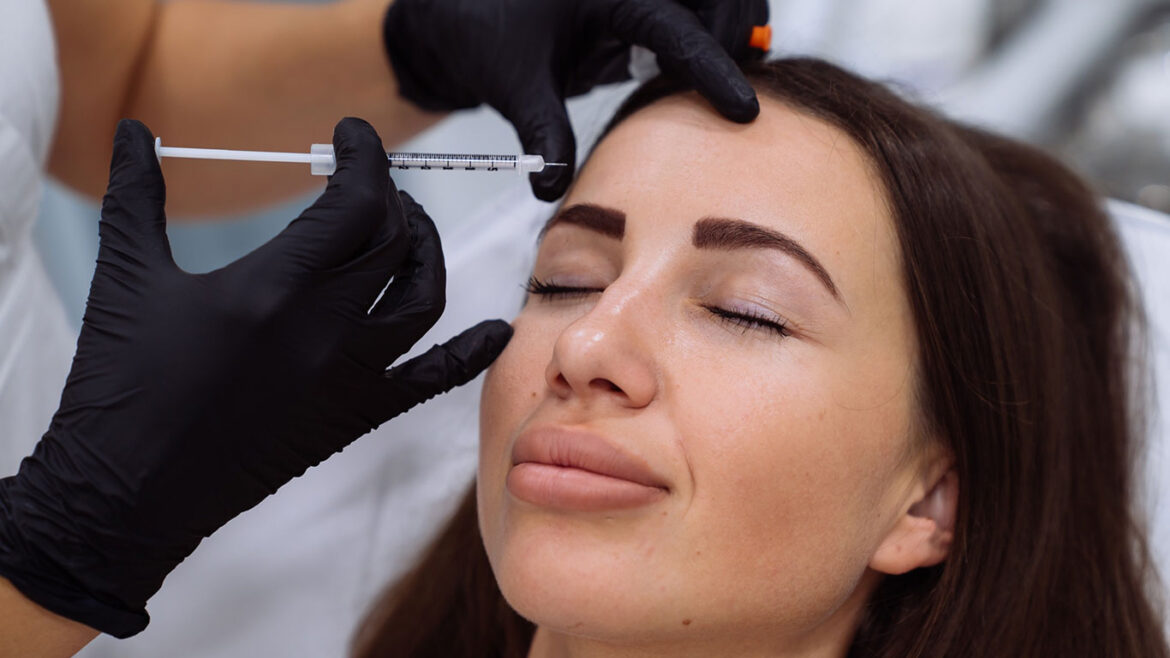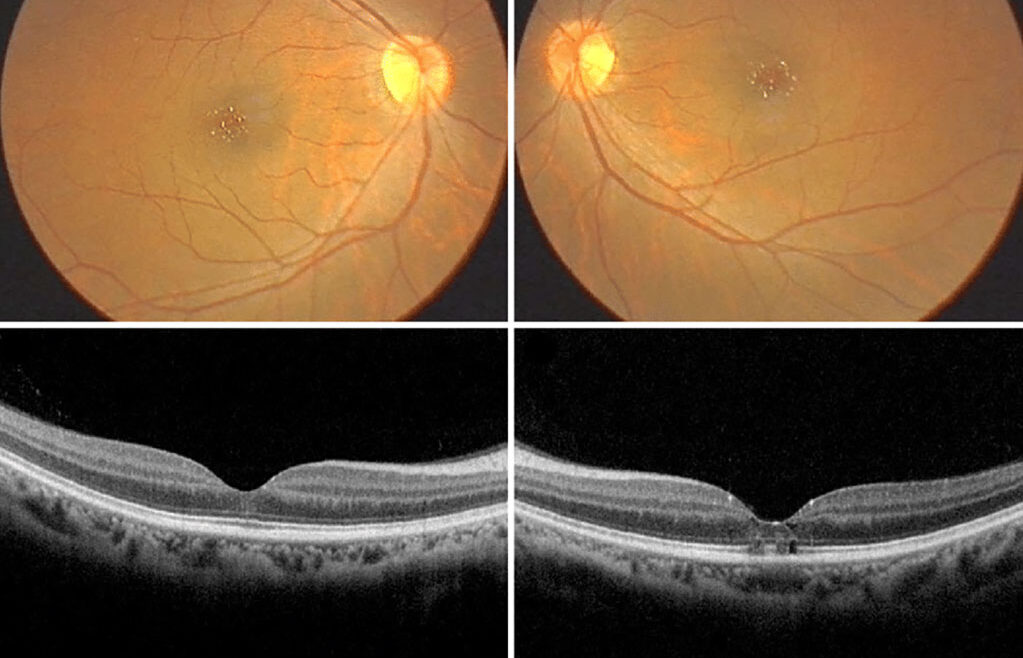Why it is important to get a comprehensive eye-exam done annually?
https://divyaeyeclinic.com/wp-content/uploads/2024/12/i_exam-1024x683.jpg 1024 683 Vasant Nayak Vasant Nayak https://secure.gravatar.com/avatar/3b9293b8ba9ac4549e3798f1184b5b175c3a7bbf176bf7cee9c2ec5c0482e7f5?s=96&d=mm&r=gWhy it is important to get a comprehensive eye-exam done annually?
Regularly examination of eyes is important for overall health as it may help in early detection of any eye related issues.
Why prioritize annual exam examination:
– Maintain and monitor vision: Your vision can show changes with age or health condition like diabetes and hypertension. If annual examination of eyes is done it can detect changes in eyes early and can be corrected early.
– Identifies systemic condition: Eyes shows signs for systemic issues like Hypertension, High diabetes.
– Digital eye strain: As everything is digital there is prolong use of digital screen which give rise to digital eye strain, dryness, headache and blur vision. Regular examination helps in early detection and can be treated with eye exercises, lubricants or therapies.
– Age related changes: Presbyopia, Cataract or condition like glaucoma. Annual eye examination helps to monitor changes.
Annual examination is crucial for overall health. Make it a habit to Schedule yearly eye examination. For accurate diagnosis and management do consult ophthalmologist at Divya eye clinic for all your ophthalmic needs. Contact us for an appointment! Or book your appointment through our website!










